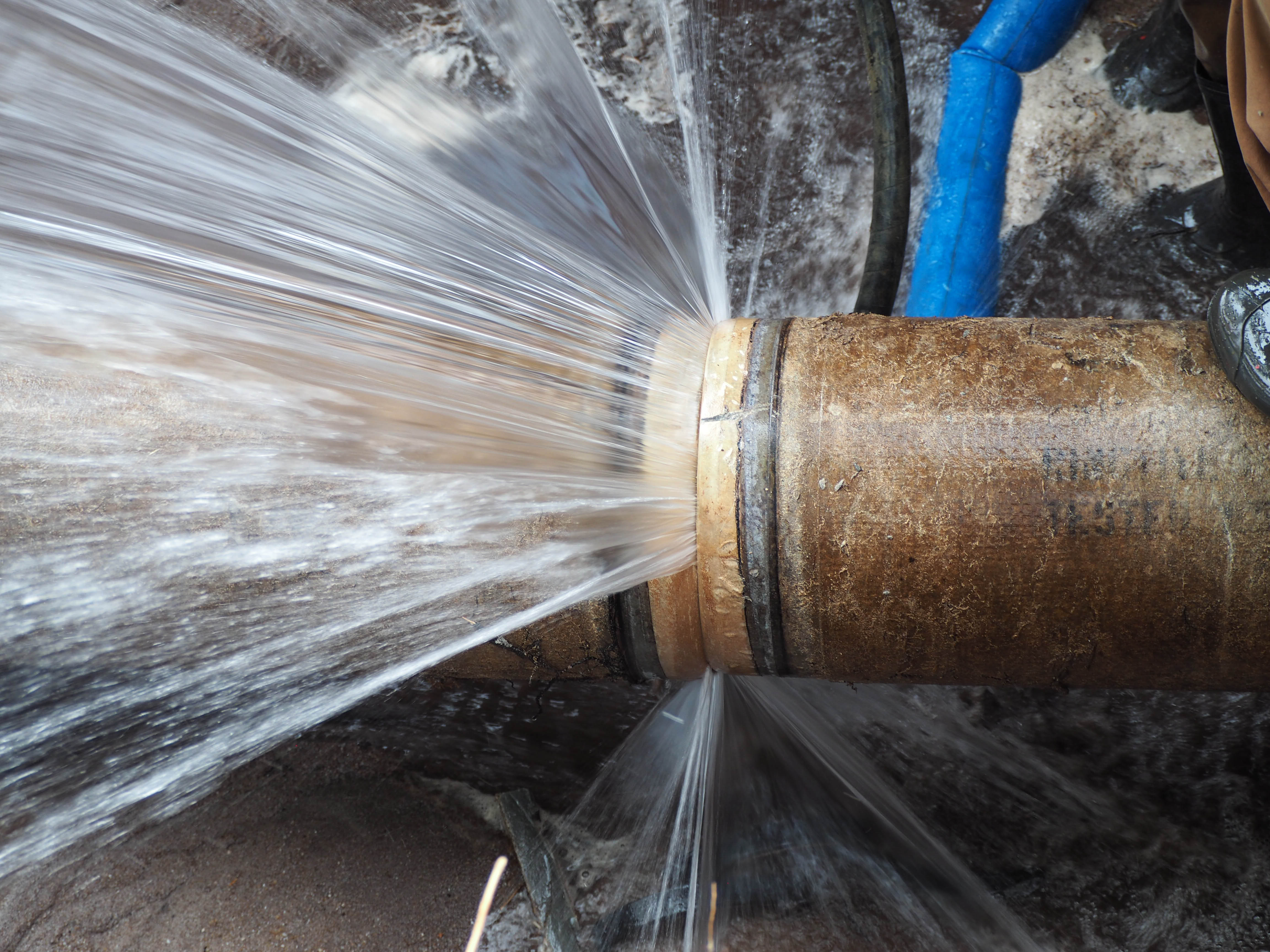Listed here in the next paragraphs yow will discover more worthwhile advice with regards to How to Prevent Your Pipes From Freezing.

Cold weather can damage your pipes, specifically by freezing pipelines. Here's how to avoid it from occurring and what to do if it does.
Intro
As temperature levels decline, the threat of icy pipelines rises, possibly leading to costly repairs and water damage. Understanding just how to stop icy pipes is vital for homeowners in cold climates.
Prevention Tips
Insulating at risk pipelines
Wrap pipelines in insulation sleeves or make use of warm tape to shield them from freezing temperature levels. Concentrate on pipes in unheated or exterior locations of the home.
Home heating strategies
Keep interior spaces sufficiently heated up, particularly locations with pipes. Open up cabinet doors to allow cozy air to distribute around pipes under sinks.
Just how to recognize frozen pipes
Try to find reduced water flow from faucets, uncommon smells or noises from pipes, and noticeable frost on revealed pipelines.
Long-Term Solutions
Structural modifications
Think about rerouting pipelines far from outside wall surfaces or unheated locations. Include extra insulation to attics, basements, and crawl spaces.
Upgrading insulation
Invest in premium insulation for pipes, attics, and walls. Proper insulation helps maintain regular temperature levels and lowers the threat of icy pipes.
Protecting Outdoor Pipes
Yard hose pipes and outdoor taps
Detach and drain yard pipes before winter. Mount frost-proof spigots or cover outdoor taps with insulated caps.
Recognizing Frozen Pipelines
What triggers pipelines to freeze?
Pipelines freeze when exposed to temperatures listed below 32 ° F (0 ° C) for prolonged periods. As water inside the pipes ices up, it expands, taxing the pipe walls and possibly causing them to rupture.
Dangers and problems
Frozen pipes can bring about supply of water interruptions, residential or commercial property damages, and pricey repair work. Ruptured pipelines can flood homes and cause substantial architectural damage.
Indications of Frozen Water Lines
Determining icy pipes early can avoid them from rupturing.
What to Do If Your Pipes Freeze
Immediate actions to take
If you suspect frozen pipes, keep taps open up to soothe stress as the ice melts. Use a hairdryer or towels taken in warm water to thaw pipes gradually.
Verdict
Stopping frozen pipelines needs proactive actions and quick responses. By comprehending the causes, indicators, and preventive measures, home owners can protect their plumbing throughout winter.
5 Ways to Prevent Frozen Pipes
Drain Outdoor Faucets and Disconnect Hoses
First, close the shut-off valve that controls the flow of water in the pipe to your outdoor faucet. Then, head outside to disconnect and drain your hose and open the outdoor faucet to allow the water to completely drain out of the line. Turn off the faucet when done. Finally, head back to the shut-off valve and drain the remaining water inside the pipe into a bucket or container. Additionally, if you have a home irrigation system, you should consider hiring an expert to clear the system of water each year.
Insulate Pipes
One of the best and most cost-effective methods for preventing frozen water pipes is to wrap your pipes with insulation. This is especially important for areas in your home that aren’t exposed to heat, such as an attic. We suggest using foam sleeves, which can typically be found at your local hardware store.
Keep Heat Running at 65
Your pipes are located inside your walls, and the temperature there is much colder than the rest of the house. To prevent your pipes from freezing, The Insurance Information Institute suggests that you keep your home heated to at least 65 degrees, even when traveling. You may want to invest in smart devices that can keep an eye on the temperature in your home while you’re away.
Leave Water Dripping
Moving water — even a small trickle — can prevent ice from forming inside your pipes. When freezing temps are imminent, start a drip of water from all faucets that serve exposed pipes. Leaving a few faucets running will also help relieve pressure inside the pipes and help prevent a rupture if the water inside freezes.
Open Cupboard Doors
Warm your kitchen and bathroom pipes by opening cupboards and vanities. You should also leave your interior doors ajar to help warm air circulate evenly throughout your home.

I came across that content on Preventing and dealing with frozen pipes while doing a lookup on the internet. Sharing is nice. Who knows, you may very well be doing someone a favor. We take joy in reading our article about Helpful Tips to Prevent Frozen Pipes this Winter.
Book A Free Estimate